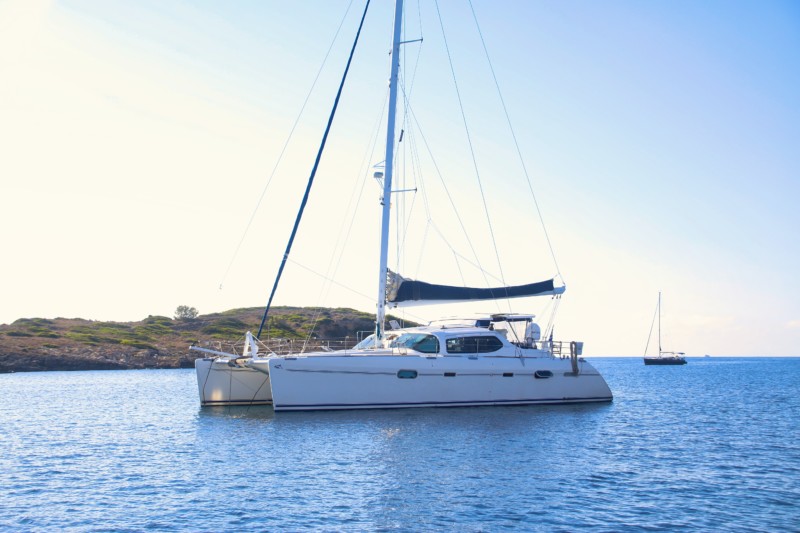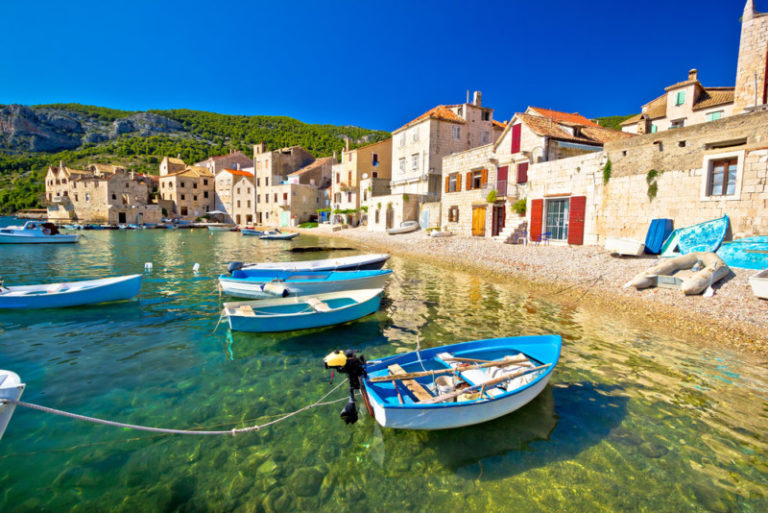We know it can be difficult to understand the technicalities of boat specifications when you are choosing your yacht charter. One of the questions we get asked the most from customers booking a yacht charter is, what is the difference between sailing a catamaran and a monohull? Many people want to choose the yacht which offers the most pleasurable voyage, but luckily both offer a fantastic experience. Let’s take a quick look at the main differences.
Comfort on the ocean waves
In calm conditions, catamarans give a stable, comfortable ride, which is great for children or anyone prone to seasickness. The lack of heeling, where the boat leans to one side, in catamarans makes them feel more like floating platforms, providing a reassuring sensation even for those who might be sensitive to motion. This stability is especially appreciated during leisurely cruises, allowing passengers to move freely about the deck without concern.
However, in windier conditions, you will find that a catamaran crashes into the waves more compared to a monohull, which tends to cut through waves for a smoother ride. While this may result in more up-and-down motion in a catamaran, the overall stability is still maintained, offering a reliable and secure journey despite the challenging conditions. Additionally, modern catamaran designs often incorporate features like daggerboards or foils, which help improve performance and reduce the impact of wave crashes.
One notable advantage of catamarans during night sailing is their ability to provide a more peaceful journey. Unlike monohulls, which can rock and roll in response to waves and currents, catamarans tend to remain steady, reducing the likelihood of disturbed sleep or discomfort for those onboard. This tranquility can lead to a more enjoyable and refreshing experience for everyone, allowing you to wake up ready to explore and enjoy your next destination.
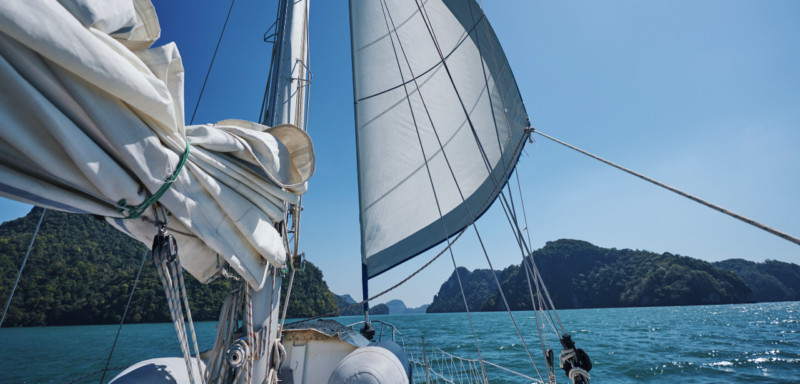
Getting to shore
You may find some of your charter stop-offs are in shallow waters. In these circumstances, sailing a catamaran can help as their hulls are shallower than on a monohull, so you’ll be able to get closer to shore. This also makes dinghy access that little bit easier. Moreover, catamarans offer enhanced stability due to their wider stance, making them less likely to tip over or heel excessively in shallow areas. This added stability is particularly advantageous when anchoring or navigating through coral reefs and other delicate marine ecosystems. Additionally, the shallower draft of catamarans allows you to explore secluded coves and hidden gems that may be inaccessible to larger vessels, granting you the opportunity to discover untouched and pristine coastal areas. So, if you’re looking for a more versatile and adventurous sailing experience, a catamaran is undoubtedly an excellent choice for cruising in shallow waters.
However, when it comes to docking and marina berthing, catamarans require more space due to their wider beam, which can be a challenge during peak seasons when marina space is limited. Monohulls, with their narrower profile, can often find berths more easily and at a lower cost in crowded marinas. This difference in space requirements can lead to varying berthing fees, with catamarans generally incurring higher costs in prime marina locations.
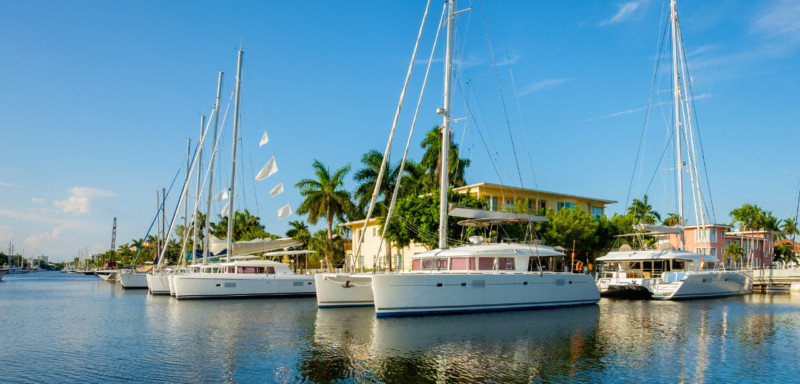
Performance and speed
Indeed, purists love monohulls for their sailing performance and speed. The classic nautical “V shape” of a monohull hull design reduces water resistance at the bow, allowing for smoother sailing through the water and greater speed potential. The V shape also contributes to a monohull’s ability to slice through waves efficiently, providing a more dynamic and thrilling sailing experience, especially when navigating through challenging sea conditions.
Furthermore, monohulls are known for their exceptional maneuverability and sharp turning radius, which allows sailors to make precise adjustments and navigate tight spots with ease. This feature is particularly valuable when sailing in crowded marinas, congested waterways, or when attempting quick course changes to avoid obstacles or hazards.
While catamarans may lack the same level of traditional sailing performance as monohulls, they compensate with other advantages, including the easy handling offered by having an engine in both hulls. This setup allows for better control and maneuverability, especially during docking or maneuvering in tight spaces. Additionally, catamarans typically have two separate propellers, one in each hull, which provides redundancy and increased safety in case one engine experiences issues during a voyage.
Cost considerations
Monohull or catamaran charters are often similar where there is equal supply, although two hulls will naturally demand a higher price. Catamarans are more plentiful in the Caribbean, Seychelles and other tropical destinations. Where you will see a bigger difference is in marinas. You need more space to berth a catamaran, so finding a berth in a marina in peak season will be more difficult and will cost more. You may be interested in this blog: Sailing route for the Seychelles, 7 days on a catamaran.
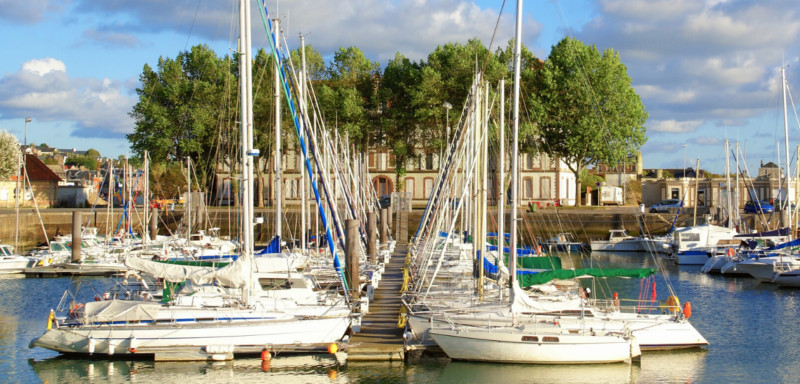
Summary
Which boat you choose depends on the experience you’re looking for. If your ideal is for a more purist sailing experience, then a monohull will suit you well. If you want a comfortable sail with more privacy and space, then a catamaran might be a more enjoyable choice.
